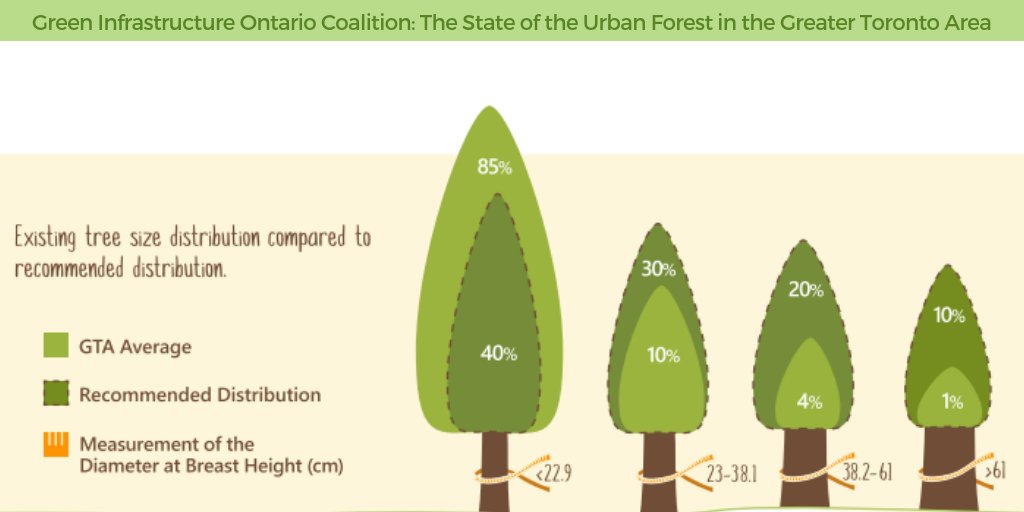When it involves seasonal tree care, making certain correct administration prior to and after elimination can dramatically influence the health and wellness and aesthetics of your landscape. By recognizing tree service jobs required steps involved in assessing tree health and wellness and preparing for removal, you can proactively protect your property. Yet what about simply click the next internet page to follow once the tree is gone? Remain tuned to find simply click the up coming website -removal treatment procedures that will help you grow a thriving and lasting environment for your trees.
Pre-Removal Tree Care
Before dealing with the elimination of a tree, it's vital to prioritize pre-removal tree treatment. Begin by assessing the tree's health and wellness and architectural stability. Look for indications of condition, insect problems, or any architectural concerns that may pose a security hazard throughout removal. It's vital to seek advice from a licensed arborist to figure out the best strategy.
Trimming dead or unhealthy branches can prevent more damages to the tree and make certain a smoother elimination procedure.
Furthermore, consider the ecological impact of removing the tree. Trees play an important function in our ecosystem, so planting a brand-new tree in a suitable location can help balance out any kind of loss. Ensure that you have the necessary permits and approvals for tree elimination, especially if the tree is protected by local regulations.
Seasonal Maintenance Tips
Evaluating your tree's requirements throughout the year is essential for its health and wellness and long life. To keep your trees in leading condition, comply with these seasonal maintenance suggestions.
In spring, focus on trimming to remove dead or broken branches and urge brand-new development.
Summertime requires routine watering, particularly throughout droughts, to ensure your tree stays hydrated.
As autumn strategies, watch out for early signs of illness or tension, and take into consideration applying mulch to protect the roots during winter months.
In winter months, be cautious when eliminating snow from branches to stop breakage, and continue to monitor your tree's total health.
Remember to readjust your care routine based on the details requirements of your tree types and neighborhood environment. By remaining conscientious and aggressive throughout the seasons, you can aid your trees thrive and grow for many years ahead.
Post-Removal Tree Treatment
To make sure the health and wellness of your landscape also after tree elimination, proper post-removal treatment is essential. After a tree is gotten rid of, it's critical to fill the staying opening with topsoil and compact it to avoid settling. This will certainly assist maintain the stability of the ground and protect against prospective risks in the future.
Take into consideration growing brand-new plants in place of the gotten rid of tree to restore the balance and appearances of your landscape. Consistently water the area to promote the development of new plants and prevent dirt disintegration.
Examine the bordering trees for any signs of condition or stress that may have been brought on by the eliminated tree. Watch out for bugs that may've been attracted to the previous tree and take safety nets to safeguard the remaining plant life.
If required, seek advice from an expert arborist to analyze the influence of the elimination on the bordering trees and figure out any type of additional treatment needed. By complying with these post-removal care steps, you can ensure the ongoing health and appeal of your landscape.
Verdict
Finally, positive seasonal tree treatment is important for maintaining the wellness and equilibrium of your landscape. By assessing tree health and wellness, trimming, and seeking advice from an arborist prior to removal, you can make certain a secure procedure. After elimination, loading the hole, growing new vegetation, and regular watering will certainly promote new development and prevent erosion. Remember to inspect surrounding trees for disease and look for further treatment procedures from an arborist to keep your landscape thriving.
